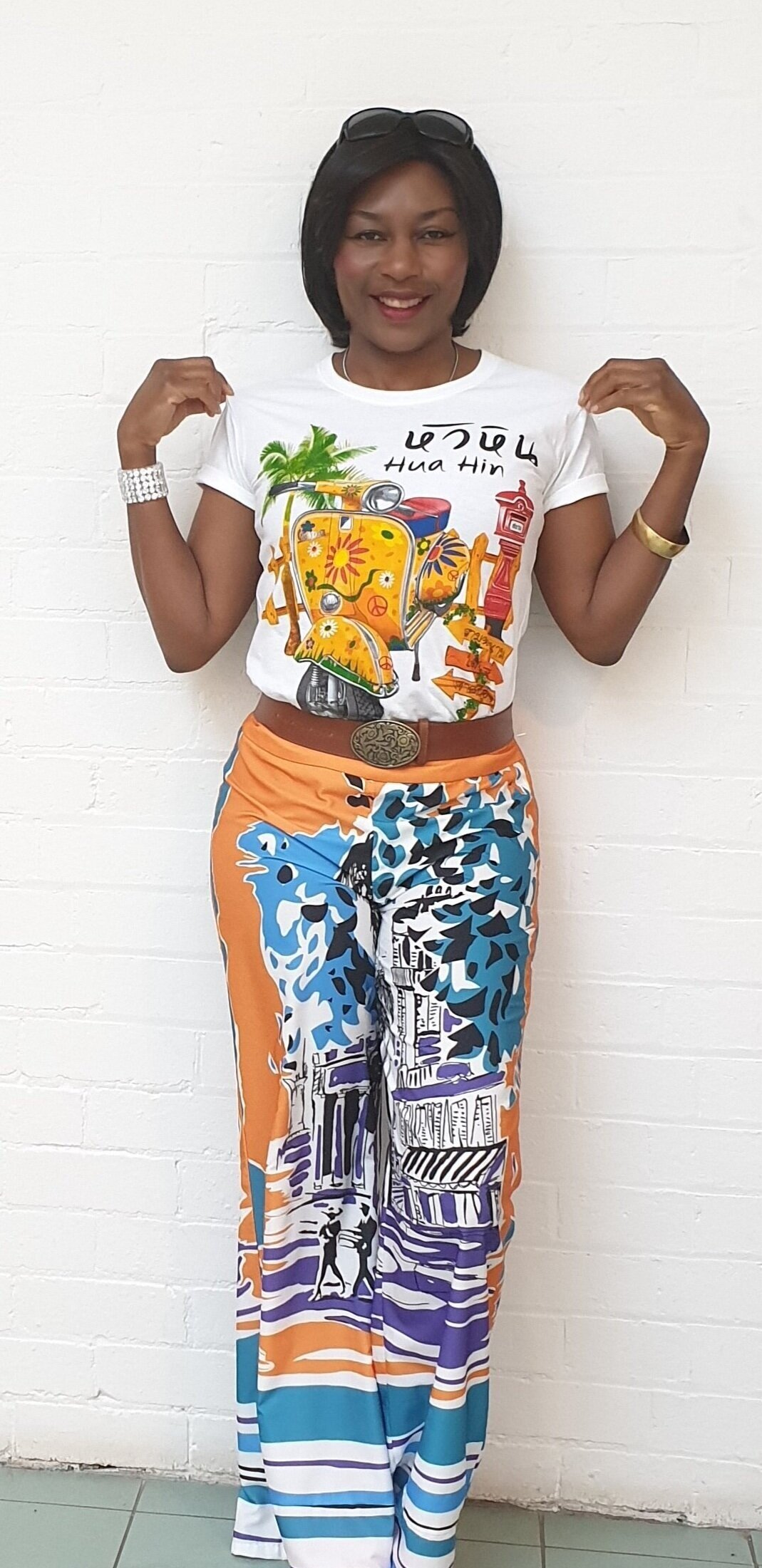Over the years, I’ve become somewhat of an op shop (thrift store) aficionado with a deep love for vintage (clothing circa 1940s – 1960s) treasures like this grand pink ball gown. I started op shopping at age 15. The love for vintage happened in my childhood from watching style icons of the vintage era in classic films.
About 90% of my wardrobe is either vintage or preloved (secondhand). When I first started this journey, it wasn’t really cool to wear secondhand. People just thought you were either a hippy, poor or just freakin’ weird! It thrills me to know that vintage clothing is increasingly becoming more popular and it has had 46% growth in sales compared to 2017.
A league of its own
Each country in the global North has their figures but in Australia alone, over 501 million kg of unwanted clothes go into landfill each year! Another 94 million kg gets exported overseas but some of that also ends up in landfill, albeit on another continent. Why am I bringing this up? Because these figures include vintage clothes! I haven’t figured out the precise amount but it irks me nonetheless to even think of vintage being wasted like this. Vintage clothing is in a league of its own. Here’s why: vintage usually lasts at least 4 or 5 decades longer than most contemporary clothes. Secondly, if your wardrobe is blessed enough to be graced with quality vintage pieces, you possess a little piece of history that might hold clues for a sustainable fashion future. And finally, incorporating vintage pieces into your wardrobe is like style on steroids! Exhibit A: my pink ball gown. No, it’s not a costume even though I look like I’m on set of an 1800s period drama!
Everyone can wear vintage
Vintage fashion is certainly not limited to ball gowns like mine and the ones you see on screen sirens like Elizabeth Taylor or Grace Kelly. You can find daily vintage-wear ties, scarves, shirts, dresses, pants, skirts, brooches, hats, etc. Each item brings its own special kind of magic. Some pieces give you all the ‘feels’ of the era they were made. Even though vintage can range from thousands of dollars in cost for luxury designer items, all the way down to merely just a few dollars in cost, the value of a vintage piece is not in the price. It’s in the magic of that piece. For instance, the way it can set your wardrobe ablaze with stylish inimitability and the power it has to turbocharge your serotonin levels when you get dressed.
Mainstreaming vintage
If you’ve been following me for any length of time, you’ll know that I abhor trends. Trends are short term and therefore fuel textile waste. And the implication with trends is that people are to wait for a celebrity or advert to dictate or bestow permission to wear something, whether or not that thing is right for you. That choice belongs solely to you and your intuition. So, instead of making vintage-wearing another trend, let’s make it part of our daily culture by giving ourselves the permission to wear it throughout life. Take back your personal power (if you haven’t already) and normalise the habit of incorporating vintage pieces into your wardrobe. The greater goal here is to for it to become an everyday thing for as long as humans are wearing clothes.
How to wear vintage
I’ve been pondering upon what it’ll take for vintage to become as ubiquitous as fast fashion with all age groups. Start with baby steps by incorporating one item at a time to mix with your more contemporary pieces. My ensemble below is an example. This white denim jacket, tan cross body bag and sneakers transform this dress from ball gown to more casual everyday wear. I literally wear this look to lunch, dinner or to hang out with friends. The next time you need something in your closet, try searching through online vintage stores, your local vintage shops, op shops or even save the dates of the next vintage markets in your area.
When we all rise to the challenge of #DailyVintageWearing, we’ll be heroes for preserving these treasures that hold the exquisite craftsmanship of artisans from past generations for the future generations to experience. And on some level, we’ll buffer the environmental burden created by clothing manufacture and textile landfill waste.
STYLING
Outfit sourced from:
Rose pink vintage ball gown: Op shop
Tan Belt: Noffs Op Shop
White denim jacket and tan cross body bag: Hand-me-downs
♥ Nina Gbor
Instagram: @eco.styles
Images by Najah Onn
















